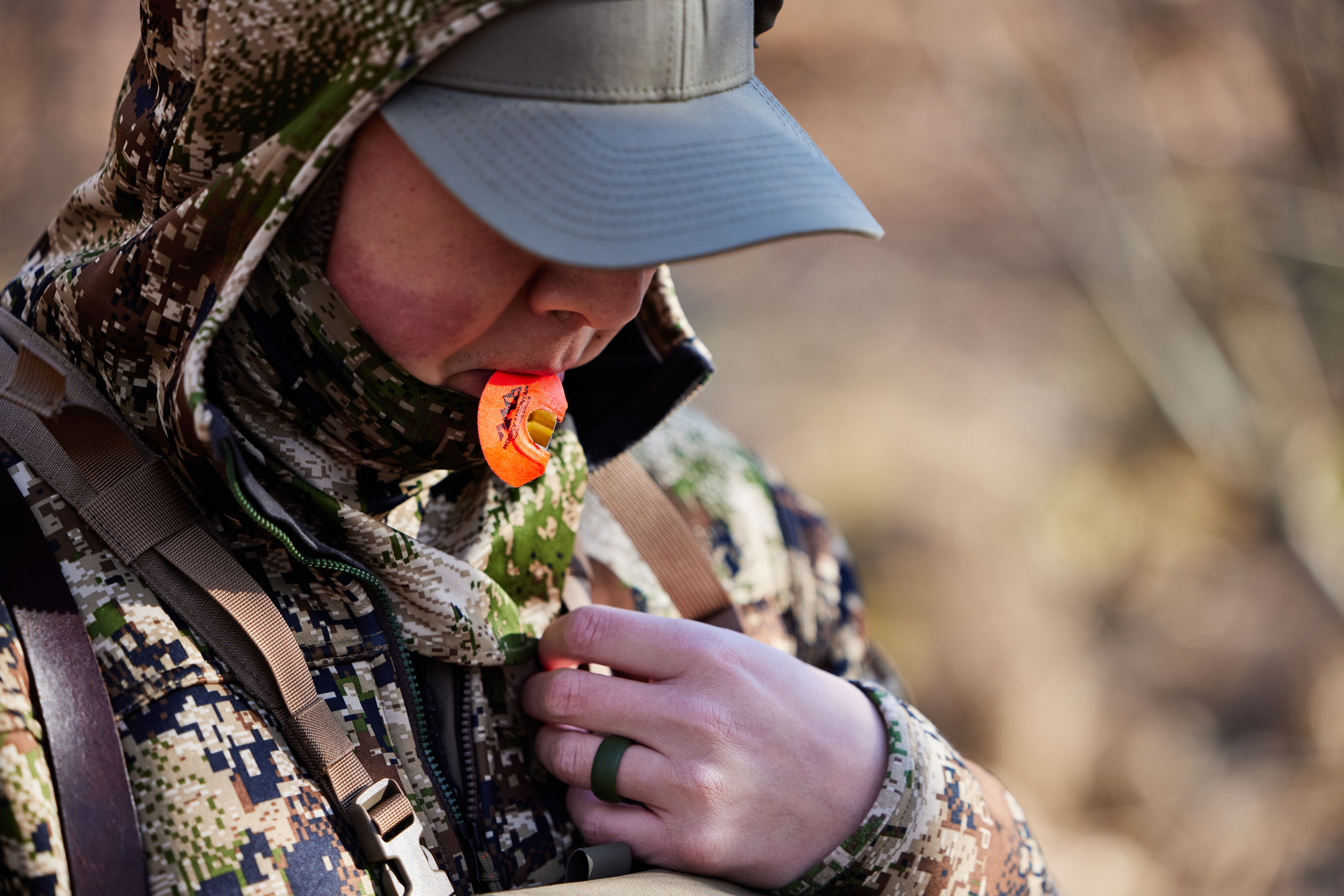Field Guide / Hunting Tips
Turkey Calls: Our Top 3 Calls For Beginners
If you are new to turkey hunting and want to be successful in the woods, planning your journey beforehand will be crucial to your outcome. However, aside from using the right hunting app, nothing will increase your chances of success like learning to lure birds into range successfully.
Previous in Hunting Tips
More Content Like This

When Is California Turkey Season?
From the fresh, high-altitude air of the Sierra Nevadas to the relaxed coastal forests of Los Padres, Californian turkey hunting offers something for every type of turkey hunter. Read More
Read More
The Best Turkey Hunting States for Your Next Big Bird
There's nothing quite like the sound of the first early morning gobble of the season. So, if turkey season is just around the corner, or you're planning a fall turkey hunt somewhere in the U.S., we're here to help you get a gobbler this year.Read More
Read MoreTurkey Hunting Season Success With HuntWise
What does success look like after a turkey hunt? We love seeing your photos and sharing them with other hunters to celebrate your turkey harvest at the end of the season. Read More
Read More Turkey
TurkeyWhen Is California Turkey Season?
From the fresh, high-altitude air of the Sierra Nevadas to the relaxed coastal forests of Los Padres, Californian turkey hunting offers something for every type of turkey hunter. Read More
Read More Turkey
TurkeyThe Best Turkey Hunting States for Your Next Big Bird
There's nothing quite like the sound of the first early morning gobble of the season. So, if turkey season is just around the corner, or you're planning a fall turkey hunt somewhere in the U.S., we're here to help you get a gobbler this year.Read More
Read More Turkey
TurkeyTurkey Hunting Season Success With HuntWise
What does success look like after a turkey hunt? We love seeing your photos and sharing them with other hunters to celebrate your turkey harvest at the end of the season. Read More
Read More
1 of 3